By Robert Haymes
By the time of the Crusader battles in late 1941, the German panzer forces in North Africa had developed a sophisticated combined-arms doctrine. This was as much out of necessity as experience. Unlike the British, who never really developed an effective combined-arms doctrine in the North African campaign, the Germans were almost always starved for tanks. In order to augment the striking power of their panzer units, mobile antitank weapons of a bewildering variety were integrated directly at the battalion level.
Rommel Learns from the Brits
Ironically, according to Ian Hogg, it was the British who taught Field Marshal Erwin Rommel how effective this tactic could be. During their initial assault on Tobruk in April 1941, the German forces attempted to storm the British perimeter, at that time held by the 9th Australian Division and the remnants of forces forced eastward by Rommel’s first offensive after arriving in Africa. Upon reaching the fortifications surrounding Tobruk on April 14, Rommel attempted to storm them using his panzers supported by infantry.
General Sir Leslie Morshead, commanding the Australians, developed a plan to use his meager forces to repulse the Germans. He ordered the infantry to keep their heads down and allow the panzers to pass and only engage the following German infantry. Morshead liberally distributed his artillery and antitank guns around the perimeter as a second line of defense. In addition to the 2-pounder antitank gun, the standard British antitank weapon at the time, Morshead used 25-pounder artillery pieces firing over open sights.
His strategy was an unexpected success as the Germans lost 17 out of their 38 tanks in the assault and were forced to withdraw. By forcing the German panzers to assault the improvised antitank line and trapping their follow-on infantry with his own, Morshead was unwittingly giving a valuable lesson to his enemy.
The Powerful 88
Rommel took this lesson to heart and started integrating antitank forces directly into his panzer battalions. He also had one big advantage over the British: the 88mm antitank gun, the effectiveness of which he had discovered at Arras in France the previous year when he beat off a British counterattack using these weapons. At the time, Rommel was forced to improvise with these antiaircraft guns because they were the only defense on hand that could stop the British armored attack.
Rommel used this experience, along with the lesson learned from Morshead, to develop an offensive role for the antitank gun, which could take out any British tank at more than twice the range of British 2-pounder (40mm) main armaments. At this time most of the German tanks employed in Africa had a main armament of either a 37mm or 50mm gun, so the 88 outranged them as well.
The British Took Longer To Correct Their Mistakes
By the time of the Operation Crusader battles, the typical German panzer battalion had three to five heavy antitank guns (88mm, and the smaller 50mm and 37mm variety) directly attached to its formation. These guns could either fire from improvised mobile mounts or unlimber from trucks and half-tracks in a matter of minutes. In addition, mobile antitank units were attached to infantry formations such as the Afrika Division to increase their effectiveness. It was these guns that caused the most carnage on and around Sidi Rezegh airfield during Operation Crusader.
The British, on the other hand, did not learn the lesson provided them by Morshead and the Australians at Tobruk. They continued to operate tank formations largely independently of antitank formations, which were considered almost entirely defensive. The fact that 7th Division Support Group, which was the division’s primary antitank formation, was a brigade-sized formation illustrates this British mentality: The tank was essentially a cavalry replacement and the antitank gun was essentially specialized artillery.
The British also had an equivalent to the German 88mm in their 90mm antiaircraft gun, but this weapon was never employed in an antitank role in any systematic fashion. It is also ironic that the most damage inflicted on November 22 by British forces on the airfield—and the following day at the South African box—was done by antitank and artillery forces operating independently of tanks. Compared to these losses, relatively few German panzers were destroyed in direct tank-to-tank combat.
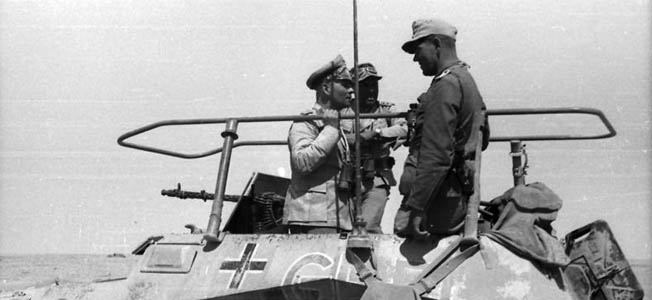
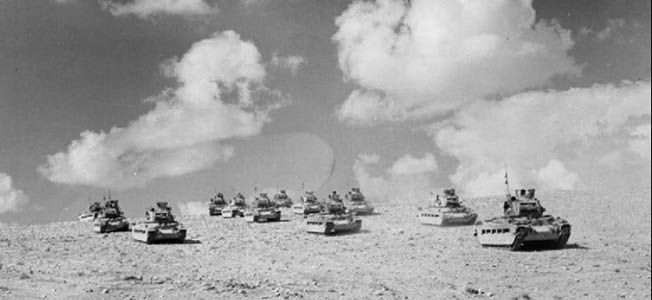

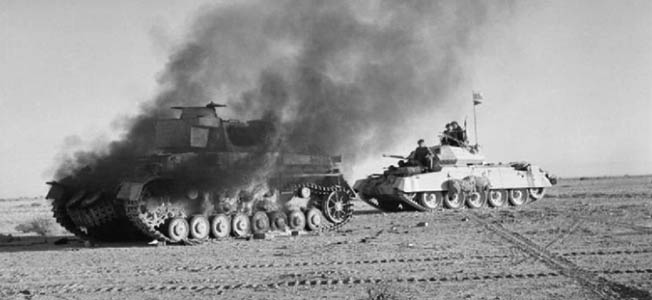

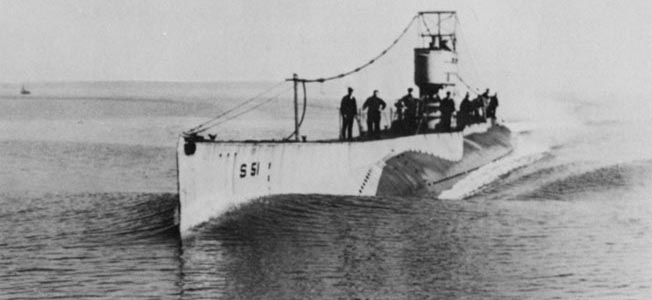
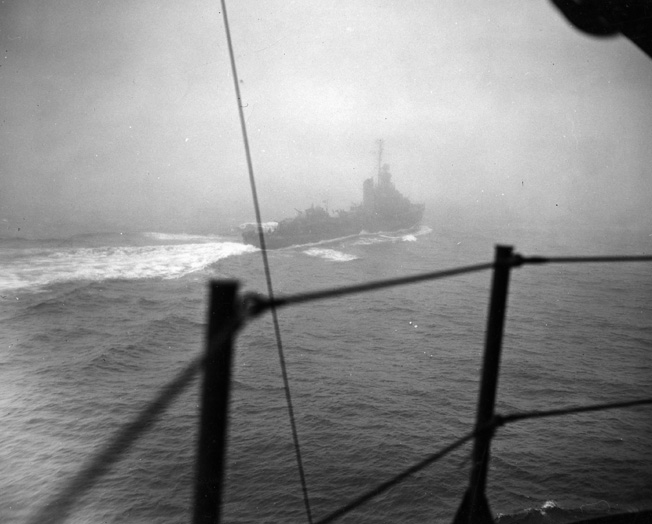
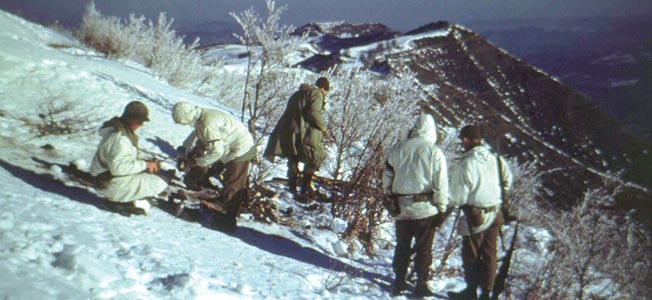
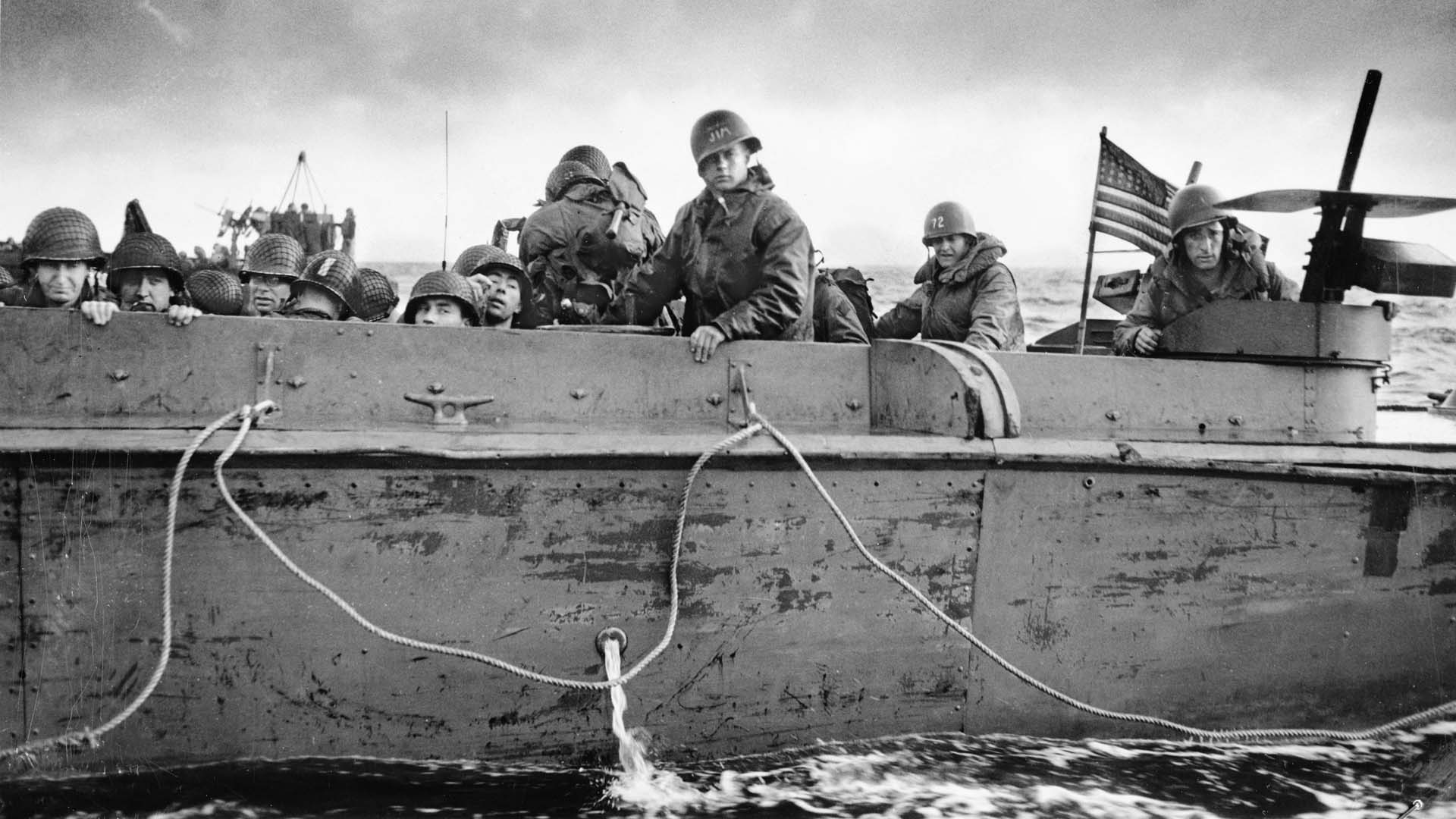

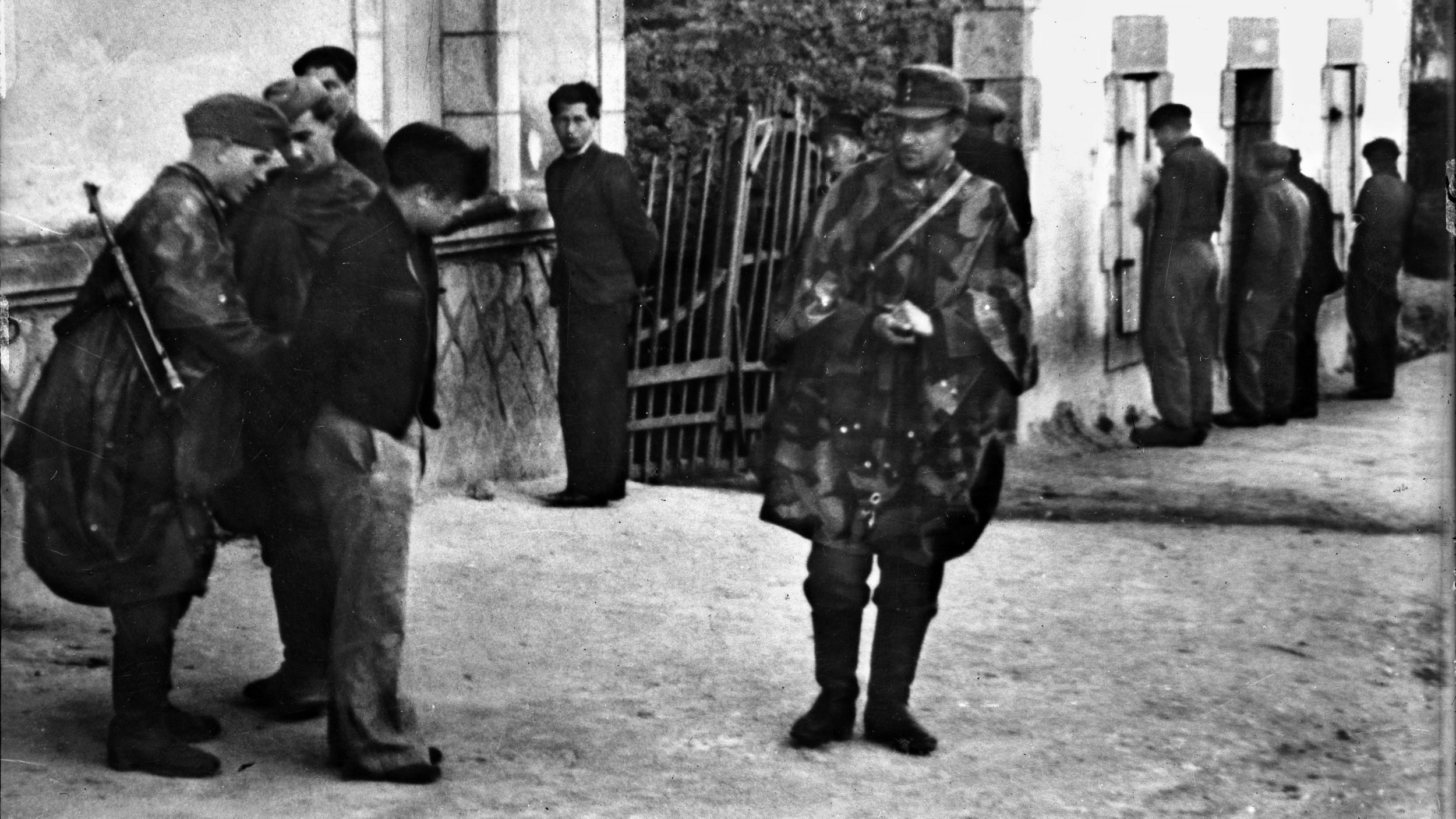
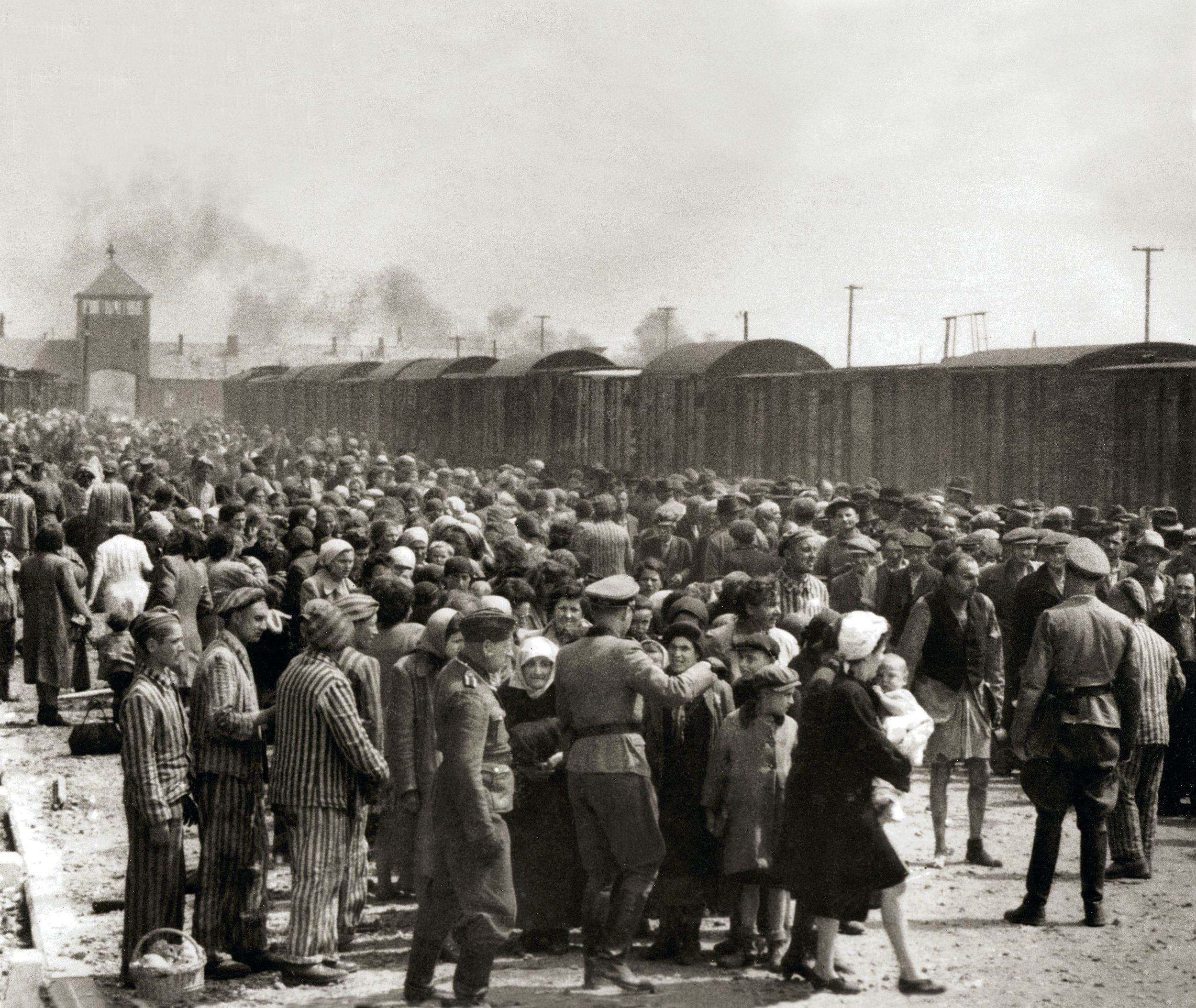
Im trying to cite this article. Does anyone know the date it was published?
This was published in the December 2002 issue of Military Heritage.